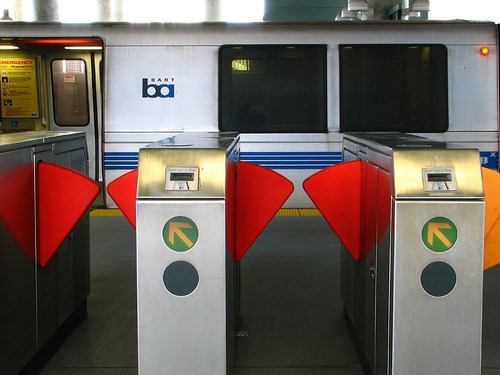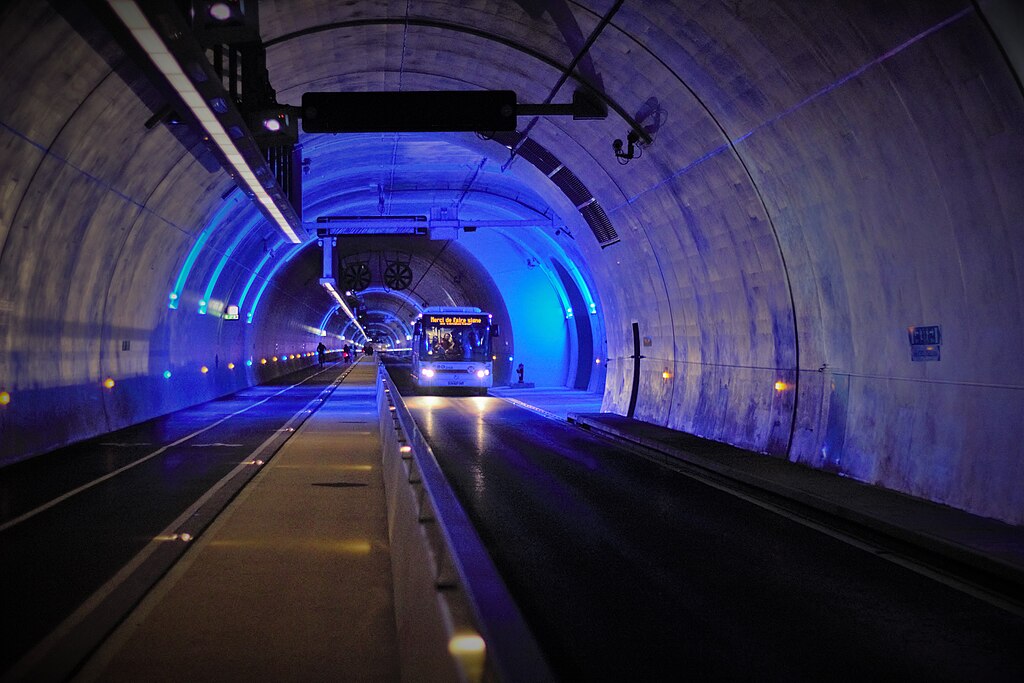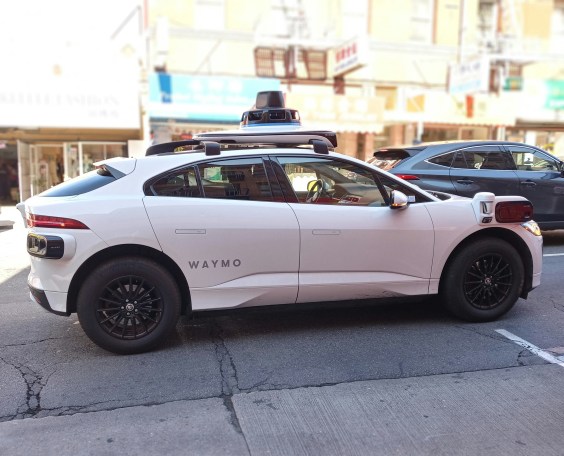Note: GJEL Accident Attorneys regularly sponsors coverage on Streetsblog San Francisco and Streetsblog California. Unless noted in the story, GJEL Accident Attorneys is not consulted for the content or editorial direction of the sponsored content.
Transferring between the Bay Area's trains, buses, and ferries involves navigating a dizzying and irrational set of fares and rules. All of that may change one day if San Francisco Assemblymember David Chiu and advocates succeed in passing Assembly Bill 2057, the "Bay Area Seamless Transit Act," which would force the Bay Area's 27 transit agencies to unify fares and work on creating schedules that facilitate easy transfers between systems.
From Seamless Bay Area, the lead advocacy group behind the legislation:
Every day, hundreds of thousands of Bay Area residents and visitors navigate a public transportation system that is fragmented and unreliable, enduring long travel times, gaps in service, and uncoordinated transfers and fares. A.B. 2057, or the Bay Area Seamless Transit Act, seeks to implement key reforms and accountability measures to:
- Create a more integrated and reliable transportation network in the Bay Area
- Make transit more efficient, easy to use, and affordable for riders
- Ensure future regional and state funds for public transportation are connected to the goals of a seamless, customer-first system
- Boost overall transit usage and reduce traffic, in line with the state of California's environmental goals
Seamless Bay Area is proud to be the main sponsor of this legislation, which is informed by our advocacy and policy reform proposals.
In London, Zurich, Berlin, and a lot of other cities, transit riders purchase one pass, paying a single distance-based fare, regardless of whether they ride a bus, subway, surface train, ferry, or some combination of these. In the Bay Area, however, "navigating our disjointed transit system can be an intimidating and frustrating experience for riders, which leads to less transit ridership overall,” said Chiu at an event this morning at the Salesforce Transit Center to announce the bill. “We need to put riders first and take steps to make our transportation system reliable, convenient, and intuitive.”
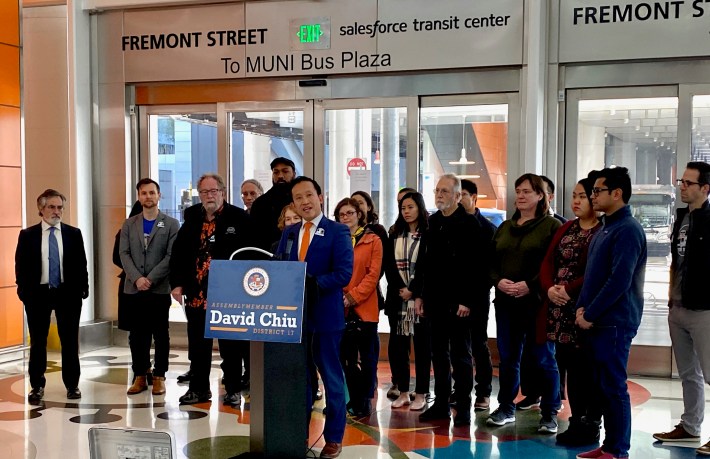
And from a release from Chiu's office:
Taking a new transit operator can be intimidating because a rider needs to navigate the unique fare structure, nomenclature, and wayfinding mechanisms for each individual operator. Despite substantial investment in transportation infrastructure over several decades, transit ridership in the Bay Area has not increased. Only 12 percent of the population have used transit to commute since 1970. Between 2016 and 2018, ridership across Bay Area public transit systems fell by 5.2 percent. In comparison, regions that have high transit ridership, like Seattle or London, have highly integrated networks of local and regional transit services, aligned routes and schedules, coordinated transfers, high-quality transit hubs, and common branding and customer information. A.B. 2057 would require Bay Area transit agencies to establish a universal local bus fare, create uniform transfer and discount policies for bus trips, design a single regional transit map, standardize wayfinding mechanisms, and report real-time transit data.
The legislation promises to follow the examples set by Zurich and other cities overseas and "establish accountability metrics and deadlines for transit agencies to achieve fare and payment integration, standardized wayfinding and mapping, and real-time transit data to improve the transit rider experience" and to "create a path for stakeholder entities to discuss institutional reforms and propose system integration opportunities, including schedule coordination and project delivery standards."
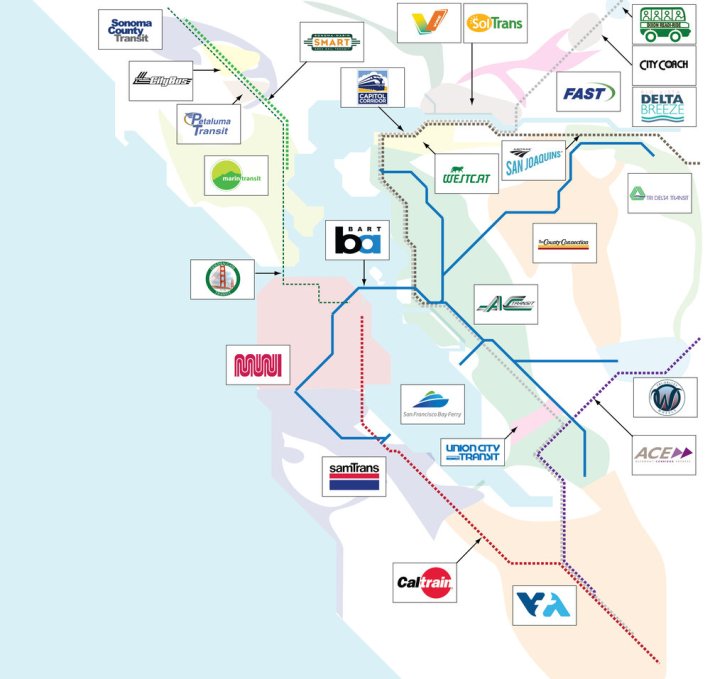
"For several decades, our region has attempted and largely failed to coordinate different transit systems through voluntary coordination,” said Ian Griffith, Seamless Bay Area's Policy Director. “The public expects their transit to work as one seamless, affordable, integrated system, and they want to see bold reforms that will get their public agencies to do this as soon as possible. They are tired of excuses of why it's not possible. The Bay Area Seamless Transit Act is a critical first step to reforming our region's transit to work as an integrated, rational network."
On Feb. 19, Seamless Bay Area is throwing a launch party to share more information about the Seamless Transit Act. RSVP here.
